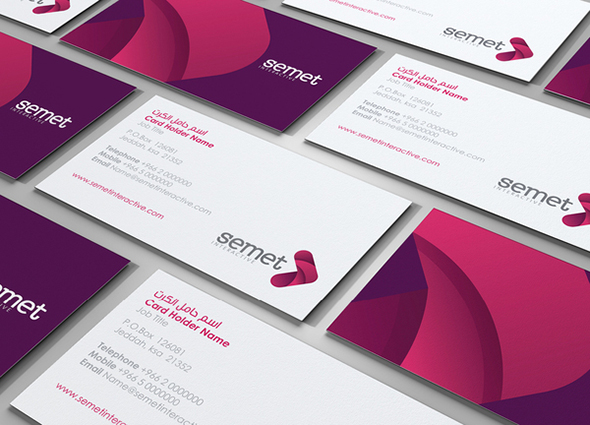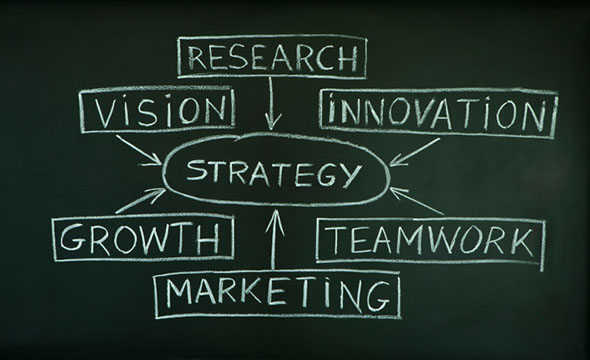Think Small!
For many years, “think big” has been the theme for many businesses, as they try to compete in a sea of retail giants. However, the tables are turning, and large organizations realize that their audience is looking for more personalized, customer-focused attention, causing businesses to “think small.” Here are a few ways to leverage your natural small business advantages in your marketing efforts:
- Personal attention. Small businesses are more likely to recognize their customers and provide sincere, personal attention, without customers feeling like they’re just another number in the company’s statistics.
- Industry experts. Many small businesses develop a narrow market focus and develop a premium reputation for serving that niche market effectively.
- The power to change. While large companies generally take several months to change company policies, small businesses usually have the ability to make decisions on the spot and implement changes quickly when they feel it is appropriate.
- Flexibility. Small businesses are more willing to work with customers and do whatever it takes to earn their business, including filling customized requests at a moment’s notice.
- Customer satisfaction. Because it takes more effort for a small business to build a strong customer base, they also work harder to keep their current customers happy.
When it comes to marketing, don’t hide the fact that you are a small business. Instead, take the opportunity to promote it proudly and show customers the many advantages of thinking small.









